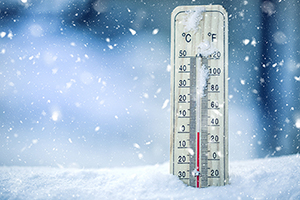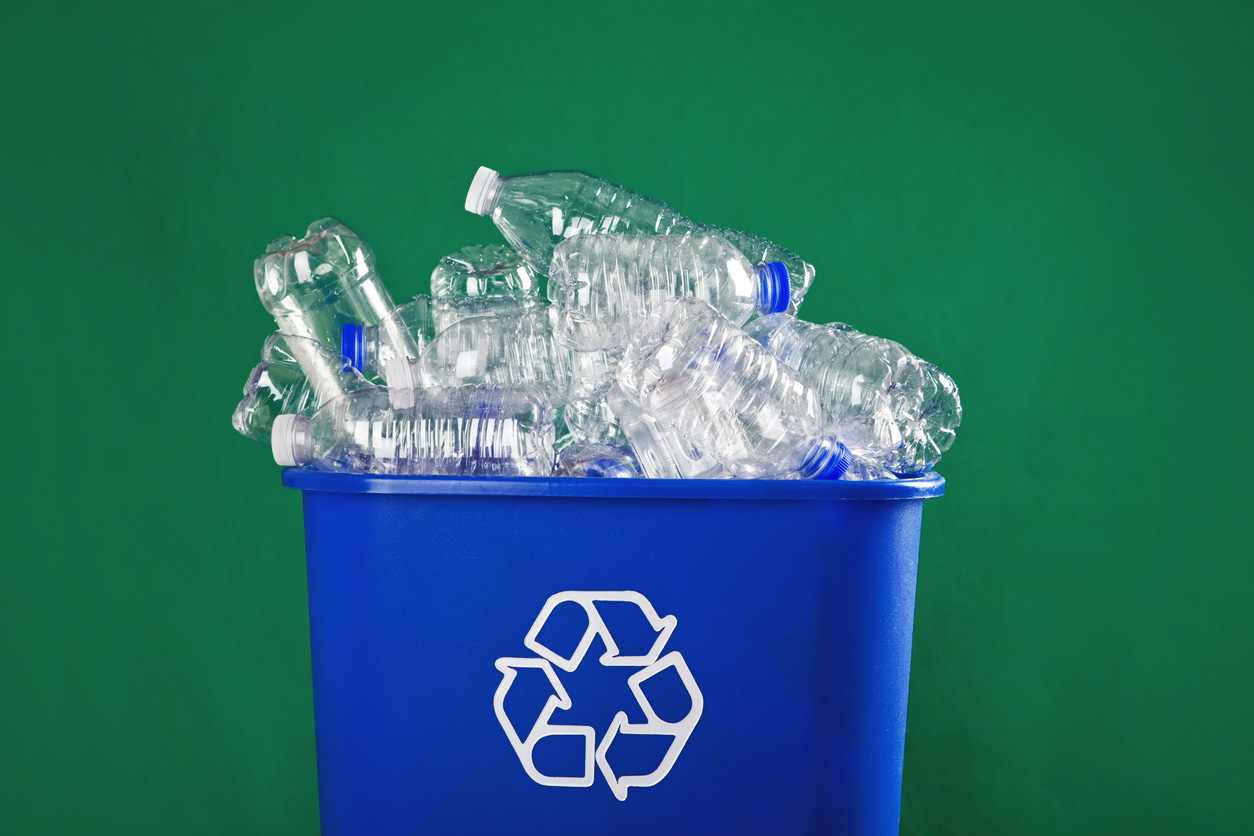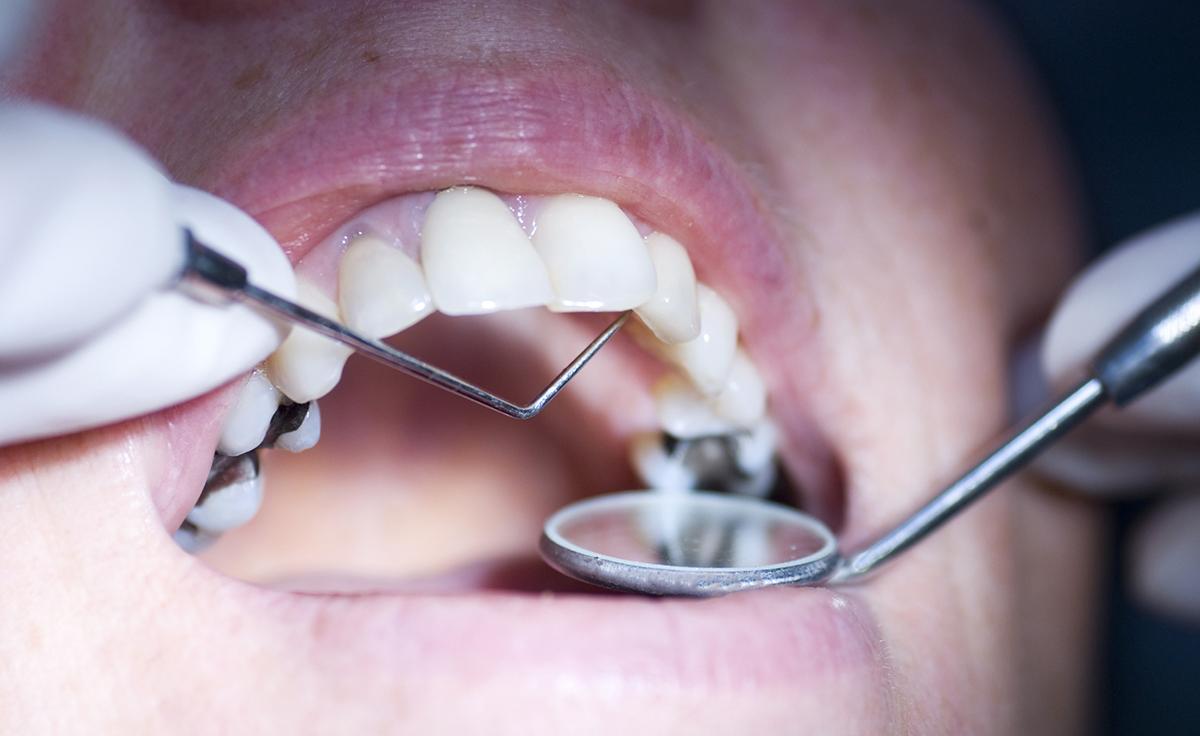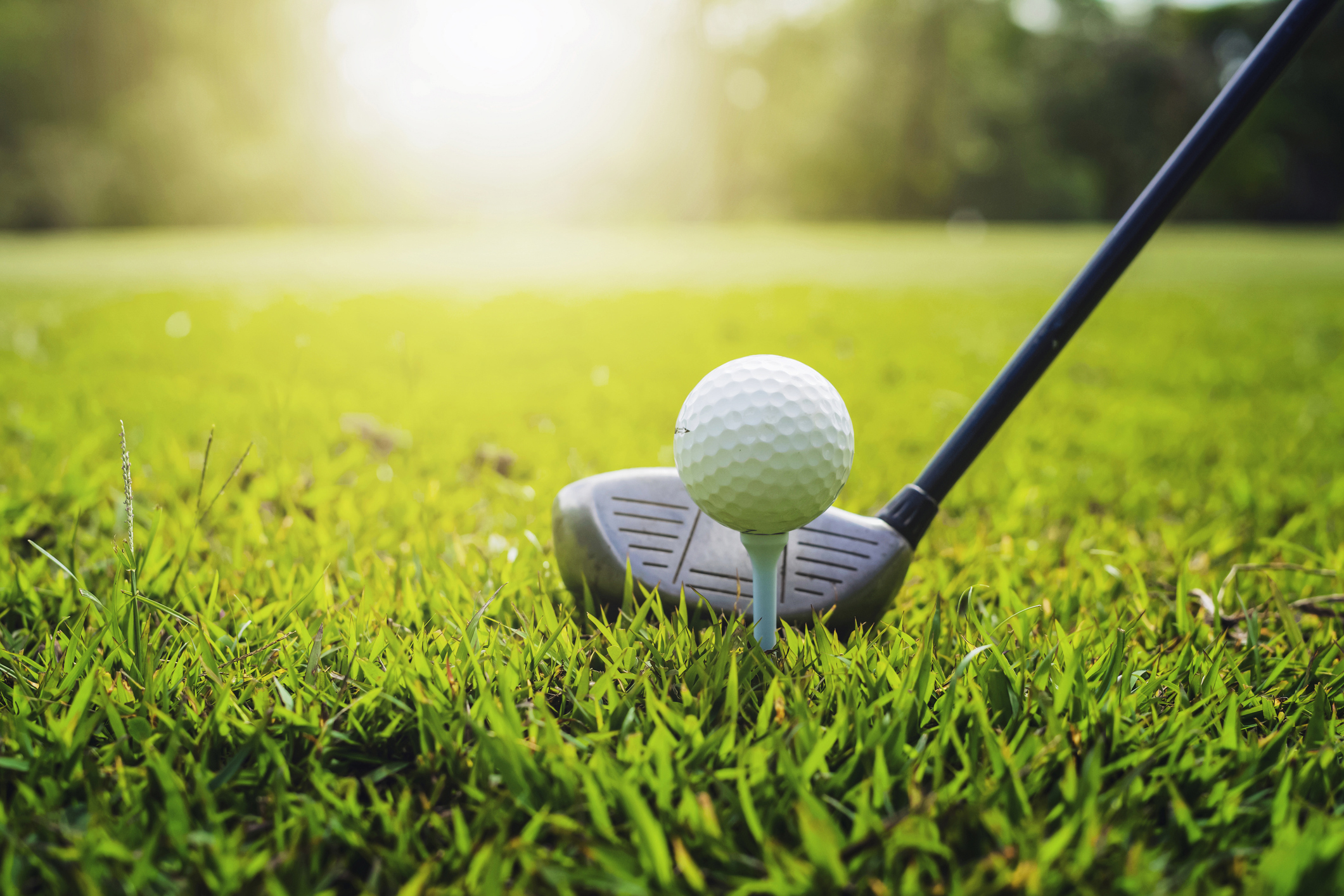Temperatures plummeted across much of the U.S. this week, leaving many of us shivering. I got out my long underwear that had been lying fallow for several recent mild Northeast winters.
To make matters worse, weather forecasters terrorized us with the wind chill factor. “Folks, it’s going to go down to 8 degrees tonight, but with a brisk northeast wind it’s gonna feel like minus 20!”
So here’s a trick question: If the temperature is 8, but the wind chill factor is minus 20, what’s the temperature at your skin’s surface?
The answer is: It’s still 8 degrees. Not convinced?
Scientists say that it can never be colder than the actual thermometer temperature. If you want to be persuaded of that, take two separate temperature readings outside—one in a brisk wind, the other in the lee of a wall or a fence where there’s no wind. The temperatures will most assuredly be the same.
So is the wind chill factor bogus?
Here’s what’s going on, according to a recent Scientific American blog: In a windless setting, despite the cold external temperature, your skin radiates an ultrathin blanket of warmth that extends a few millimeters beyond your skin’s surface.
Call it your “heat aura,” it can readily be seen with infrared imaging that reads heat patterns.
But in the wind, that protective layer is literally blown away, exposing your skin to the full impact of the ambient temperature. A similar phenomenon occurs when you get on a motorcycle wearing shirt sleeves on a comfortable spring day. Blasting down the highway, you feel cold despite a balmy air temp of 68 degrees. Layering will protect your heat layer from dissipation by the wind.
Researchers are actually exploiting cold for its healing properties. We’ve long known that icing is a good strategy for healing minor injuries. Football players often hurl themselves into ice-water baths after multiple collisions leave them sore. Spas frequently have cold immersion pools that you alternate with steam and sauna. I’ve tried them: 1-Mississippi, 2-Mississippi—I usually don’t last beyond a thirty count!
The new fad is—I kid you not—cryosauna.
These specialized devices look sort of like tanning booths in which the subject is immersed in liquid nitrogen at temperatures of—wait for it!—minus 160 to minus 250 degrees Fahrenheit. The experience is short and pretty brutal, and participants usually tap out at 30 seconds to 3 minutes. Special cotton protectors are applied to ears, fingers, toes and, yes, male genitals.
Sports teams have incorporated them in their training and recovery regimens, and health clubs in big metro areas are featuring them.
In addition to speeding recovery of sports injuries, the super-cooling is said to be helpful in treating painful conditions such as fibromyalgia and rheumatoid arthritis. It is even claimed to facilitate weight loss!
That sort of makes sense because we now know that human adults preserve some of the brown fat we had as babies. Brown fat is “good” fat, rich in mitochondria, and it seems to aid oxidation of “bad” white fat, the kind that accumulates around our hips and bellies.
Cold induces upregulation of brown fat. In fact, it’s now been demonstrated that our overheated homes and offices may be responsible, at least in part, for the current epidemic of obesity. Never subject to cold stress, we lose our stores of brown fat.
That’s one of the reasons I keep my bedroom meat-locker cold and don’t overheat my dwellings. I also make sure I get outside a lot for a brisk walk or a run, even over the past few frigid weeks here in New York.
I’m also the first one to test the chilly Atlantic waters near my home in Long Island on Memorial Day; during the winter I swim in a pool that’s kept comfortably cool for serious swimmers.
So, even if you’re not willing to take that plunge into liquid nitrogen, keep the thermostat at a reasonable temperature and don’t shun the outdoors—it might be good for your health!







